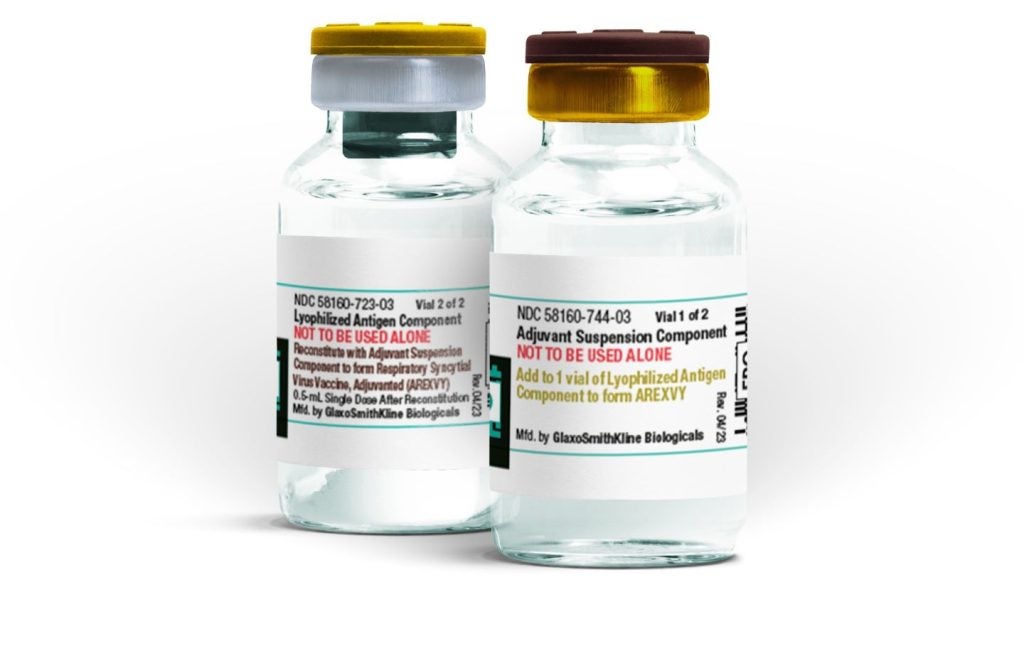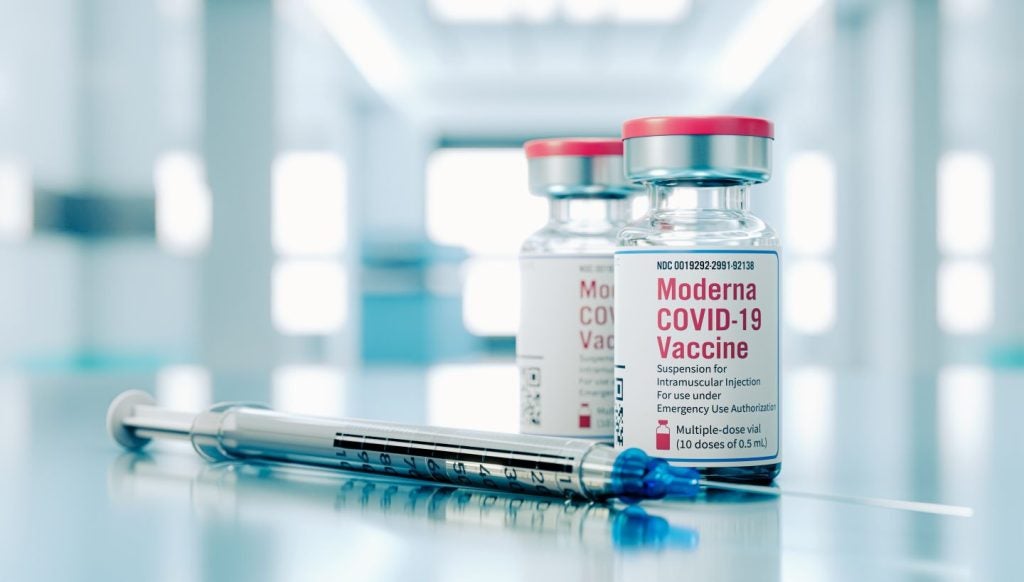Questions about a change of primary endpoint, treatment cessation and mortality reporting will be asked by a US Food and Drug Administration (FDA) Advisory Committee (AdCom) convened to discuss Eli Lilly’s Alzheimer’s disease candidate donanemab.
The meeting, taking place on 10 June, will investigate several elements of the trial and data submitted by the pharma giant as they look for approval of their Alzheimer’s drug.
The company filed for market approval of donanemab following the Phase III TRAILBLAZER-ALZ 2 trial.
The FDA said it would decide on the drug by the end of 2023. However, in November 2023, the agency announced it needed more time, extending the approval until the end of Q1 2024. As the second approval date loomed, the FDA then requested an AdCom to discuss the trial design and data.
According to GlobalData analysis, sales of donanemab could hit $5.37bn in 2029, with the global market for Alzheimer’s disease set to be worth $13.7bn across the eight major markets (8MM) (US, France, Germany, Italy, Spain, UK, Japan, and China) by 2030. GlobalData is the parent company of Clinical Trials Arena.
What the FDA want to investigate
The document released by the agency prior to the meeting states that the FDA will want to review many factors about the trial design and data. This includes whether the data provides evidence of effectiveness of donanemab for the treatment of Alzheimer’s disease, taking into account the support for effectiveness across the subgroups based on tau PET imaging.
The meeting will also evaluate the dosing regimen used in the trials which saw patients complete treatment when they recorded a reduction of amyloid plaques on PET imaging.
This will include questions on whether there are any scientific or clinical considerations that should factor into the decision to stop or continue dosing of the drug.
Finally, the committee will discuss the overall benefit to risk assessment of donanemab and evaluate whether there are subgroups of patients for whom the benefit-risk assessment may be more favourable.
FDA disagrees with Lilly’s changed primary endpoint
One of the main questions to be evaluated by the FDA is the question of efficacy. The primary endpoint evaluated was the change from baseline in integrated Alzheimer’s Disease Rating Scale (iADRS) at week 76.
This endpoint was changed by Lilly from the pre-specified primary endpoint of Clinical Dementia Rating – Sum of Boxes (CDR-SB) during the conduct of the study.
In a Type C meeting conducted on 2 March, 2021, the FDA said: “We do not agree that a statistically significant treatment effect on the iADRS, unaccompanied by a valid statistically significant treatment effect on its two components, is acceptable for use as a primary efficacy assessment. Thus, the iADRS should not be used as your primary efficacy assessment.”
The FDA added it “was not persuaded as to whether the effects of an intervention, such as donanemab, on the iADRS could be considered necessarily clinically meaningful or reflective of effects of its individual components.”
The FDA reiterated its concerns with the use of iADRS as the primary endpoint at the Type B meeting on December 22, 2022.
Despite this concern, Lilly did not change the primary endpoint. The findings on iADRS however were supported by the statistically significant results of CDR-SB.
Dosing cessation also set to be discussed
One characteristic of the donanemab that was not considered in previous trials of these kinds of drugs was that Lilly proposed cessation of dosing guided by amyloid PET levels. With previously approved Alzheimer’s drugs, including Eisai and Biogen’s Leqembi and Biogen’s now discontinued Aduhelm, patients remain on the treatment permanently.
The FDA states in its report that efficacy data from patients who had their dose switched from donanemab to placebo during the study are inadequate to draw conclusions regarding persistence of clinical benefit due to the relatively short off-treatment period and the lack of an appropriate comparator group. This is because there is no adequate comparator group on outcomes in similar participants if they had continued dosing.
Lilly assumed that cessation of donanemab dosing once brain amyloid on PET was reduced beyond a specific threshold would not adversely affect clinical outcomes.
The FDA said that although the assumption is reasonable, it was not verified by including an arm with continuous donanemab dosing.
The FDA also shares concerns about the optimal Centiloid threshold value for dose cessation. The agency hopes that the ongoing long-term extension study may provide this insight.
Questions over reporting of mortality
In the pre-AdCom document, the FDA reports that when patients discontinued treatment early, Lilly did not report patients’ vital status at Week 76.
The FDA said that this lack of reporting added uncertainty to mortality analysis results provided by Lilly in its application.
With the use of a third-party agency, the agency has followed up on these patients, gaining information on 52% of those who discontinued treatment early. The agency found that there had been an additional two deaths in the treatment group and five deaths in those who received placebo. This results in 19 donanemab-related deaths and 16 deaths in the placebo group.
The FDA report adds however that the imbalance in deaths in donanemab-treated patients cannot be completely explained by deaths due to ARIA or cerebral haemorrhage.
These safety findings are generally consistent with findings associated with other monoclonal antibodies directed against aggregated forms of beta amyloid.
If approved, labelling will include ARIA risk
The FDA report goes on to explain that should donanemab get the green light following the meeting, there will be several warnings on the label including the risks of ARIA and cerebral haemorrhage, risks of hypersensitivity reactions and of infusion-related reactions, recommendations for MRI monitoring consistent with the timing of ARIA events in the clinical studies and additional MRI evaluation performed in response to symptoms.
It is also likely there will need to be a few required post-marketing risk strategies including pharmacovigilance, with Lilly being required to report any deaths in ongoing studies and of deaths resulting from cerebral haemorrhages larger than 1cm size in the post-marketing setting.
The company would also need to characterise ARIA risk associated with the use of donanemab, including evaluation of intracerebral haemorrhage in patients with pre-existing risk factors for bleeding.
There would also be post marketing requirements to evaluate ARIA, intracerebral haemorrhages smaller than 1cm, as well as seizures, anaphylaxis, and death.
Finally, the FDA said it would also request that Lilly develops a test for ApoE ε4 genotype as data showed that the presence of ApoE ε4 increases the risk of ARIA in a dose-dependent manner.















